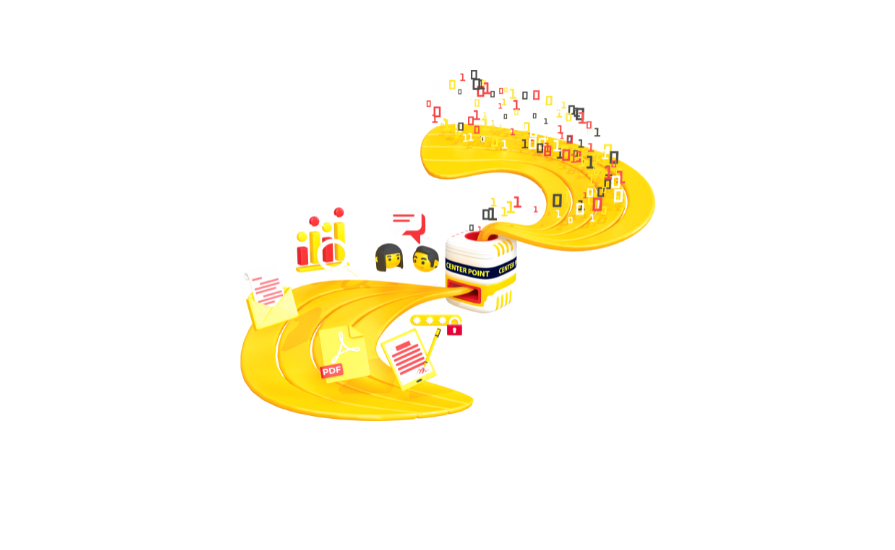Implementing a new communication platform is a transformational project. It involves managing technical shifts, team collaboration, and changes to existing processes, all while keeping business operations running smoothly. But what if this project wasn’t just a necessity, but a chance to future-proof your operations, streamline workflows, and unlock better customer experiences? With the right platform and approach, the value far outweighs the challenges, providing your business with the framework for more efficient template management and seamless adaptability.
Having worked closely with businesses navigating these transitions, I’d like to share some key considerations, practical lessons, and strategies for ensuring your implementation journey is as smooth and successful as possible.
Key considerations for a smooth implementation
A successful implementation starts long before the first configuration. Here’s what I’ve found to be the most critical elements for success:
- Understand your current state
- Begin by thoroughly assessing your existing workflows, templates, and communication processes.
- Ask yourself: How much time and effort are you spending on template updates today? With a modern platform, this process becomes faster, easier, and more efficient, giving you back valuable time. - Define clear goals and timelines
- Establish what you want to achieve with the implementation and break it into manageable phases.
- Set realistic timelines for each phase to help your team stay focused and aligned. - Engage stakeholders early
- Involve representatives from across your organization—IT, customer service, marketing, and operations—to ensure all perspectives are considered.
- Clear communication and collaboration from the beginning can help build alignment and reduce resistance to change. - Plan your template migration thoughtfully
- Use the migration process as an opportunity to review and refine your templates.
- Simplify, standardize, and align templates with your organization’s branding and compliance requirements. - Focus on continuous improvement
- Implementation doesn’t stop at launch. Create a plan for ongoing support and optimization to adapt the platform to evolving business needs.
For a deeper dive into these topics you can also access our white paper Ensuring a successful migration from legacy CCM to modern CCM/CXM
Lessons from implementation scenarios
Optimizing template migration
When helping businesses transition their communication platforms, one of the most common challenges I’ve seen is the complexity of template migration. By carefully auditing existing templates, organizations can streamline their workflows, improve consistency, and ensure a smoother transition.
Lesson learned: Migration isn’t just about moving files—it’s an opportunity to optimize and future-proof your communication processes.
Managing change across teams
Change management can be a significant challenge during implementation. Engaging teams early, offering training, and addressing concerns openly are essential for fostering buy-in and collaboration.
Lesson learned: A successful implementation isn’t just about technology—it’s about empowering teams to embrace the change.
Accelerating the implementation process
For organizations with tight timelines, focusing on pre-defined processes, phased rollouts, and careful prioritization can help ensure the implementation stays on track without overwhelming teams.
Lesson learned: Flexibility and prioritization are key to managing time pressures effectively.
Strategies for a seamless implementation
Whether you’re implementing a communication platform for the first time or transitioning from an older system, these strategies can help set the foundation for success:
- Start small, then expand
- Begin with high-priority processes, then gradually roll out the platform to other areas of the business. - Centralize workflows
- Use the platform to bring all your communication processes into a single system, reducing complexity and ensuring consistency. - Re-use where possible
- Identify common object that can be used in multiple processes - Foster collaboration
- Regular communication between teams is critical to ensuring the implementation aligns with organizational goals.
Why a smooth implementation matters
A successful implementation does more than get the platform up and running—it creates the foundation for long-term success. It’s an opportunity to:
- Improve the efficiency and accuracy of your communication workflows.
- Enhance your ability to meet customer expectations.
- Empower your teams with tools and processes that are intuitive and easy to use.
Looking ahead
Every implementation project has its challenges, but it’s also an opportunity to innovate and improve. By taking the time to plan thoroughly, involve your teams, and focus on continuous optimization, your organization can make the transition a positive experience for both employees and customers.
At Metaforce, we understand the complexities of implementation and are here to support organizations on this journey. Whether you’re starting from scratch or upgrading an existing system, the right strategy and tools can make all the difference.
Don’t just make a change—make a lasting impact on your operations, your teams, and your customers. Let’s approach implementation not as a hurdle, but as an opportunity to drive meaningful change.

